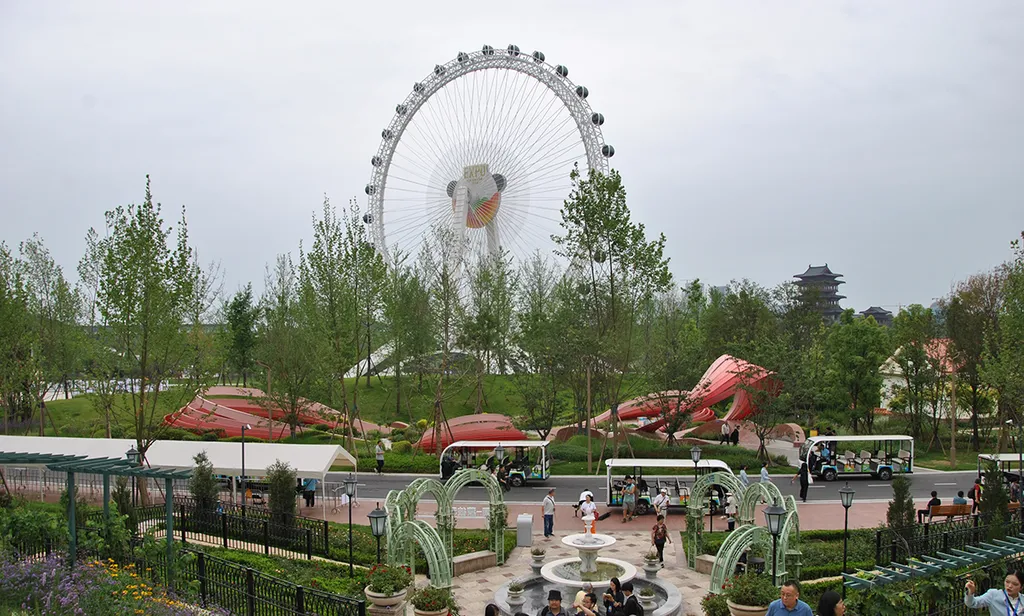In the bustling heart of Chengdu, China, a unique cultural phenomenon has been evolving for centuries, and now, researchers are uncovering the genetic code that has kept it thriving. Xinna Wei, a scholar from Sichuan University, has delved into the rich history of Chengdu’s traditional “Monthly Market Fairs” and their modern counterparts, tracing their cultural DNA to understand their remarkable resilience and adaptability.
Wei’s study, published in the *Journal of Asian Architecture and Building Engineering* (known in English as the *Journal of Asian Architecture and Building Engineering*), employs Dawkins’ meme theory to map the cultural genes of these marketplaces. By analyzing ancient texts and social media data, Wei has identified five key dimensions that define the cultural genes of Chengdu’s marketplaces: temporal characteristics, spatial features, thematic focus, traditional activities, and major functions.
“The cultural genes of Chengdu’s marketplaces are like a blueprint that has been passed down through generations,” Wei explains. “They provide a framework that allows these marketplaces to adapt and evolve while retaining their core identity.”
The research reveals that Chengdu’s marketplaces reached their peak during the Tang and Song dynasties but have continued to adapt and thrive in the face of historical changes. Wei’s analysis highlights three key mechanisms that drive the continuity of market culture: inheritance, evolution, and reconstruction.
The inheritance mechanism preserves the core stability of the marketplaces, ensuring that their cultural genes remain resilient across eras. The evolution mechanism allows the marketplaces to adapt their forms and functions to external shifts, although this process comes with risks such as eroded ritual depth and diminished inclusivity.
“We need to find a balance between innovation and tradition,” Wei emphasizes. “Sustainable renewal requires restoring community-centered spaces, fostering inclusive participation, and deepening ritual meaning to keep markets culturally rooted and socially accessible.”
The implications of this research extend beyond the cultural sphere, offering valuable insights for the commercial sector, particularly in the energy industry. Understanding the cultural genes and transmission mechanisms of Chengdu’s marketplaces can inform strategies for creating vibrant, sustainable commercial spaces that resonate with local communities.
As cities around the world grapple with the challenges of urbanization and commercial development, the lessons from Chengdu’s marketplaces offer a compelling model for balancing tradition and innovation. By preserving the cultural DNA of these marketplaces, cities can create commercial spaces that are not only economically viable but also culturally rich and socially inclusive.
Wei’s research serves as a reminder that the key to sustainable urban development lies in understanding and preserving the cultural heritage that makes our cities unique. As we look to the future, the lessons from Chengdu’s marketplaces offer a beacon of inspiration for creating commercial spaces that are truly rooted in the communities they serve.

